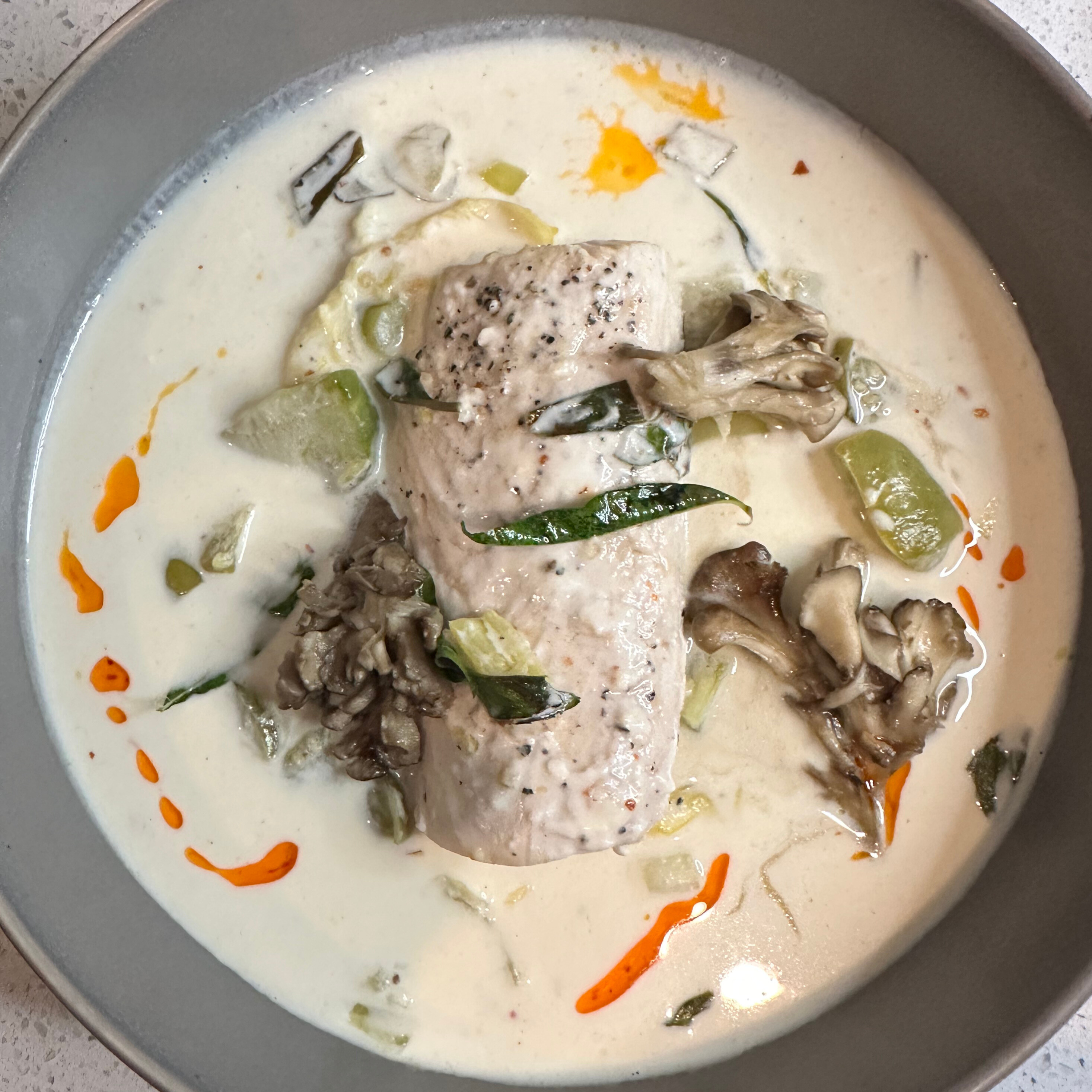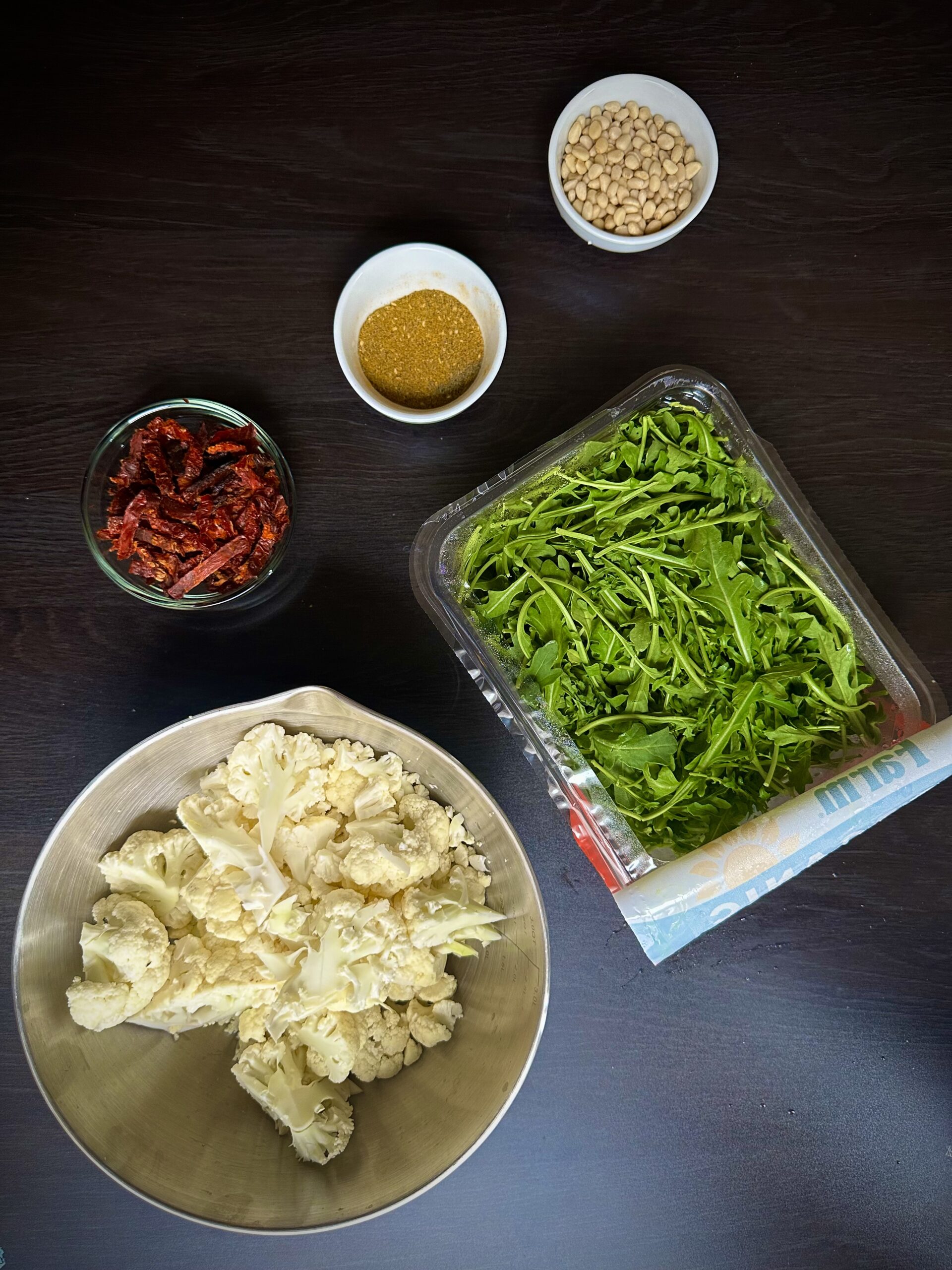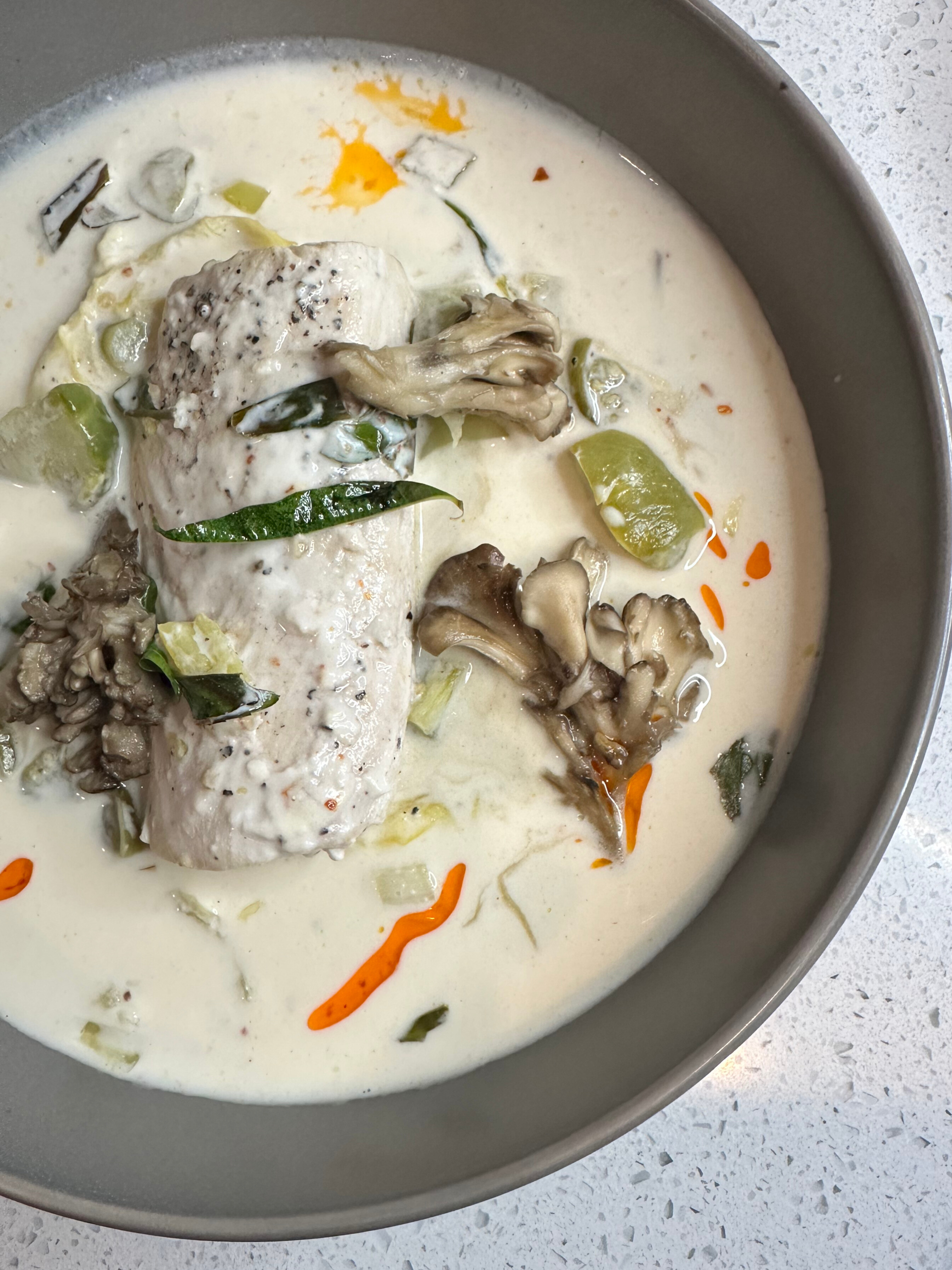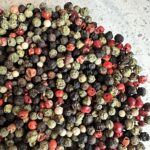Anyone with basic cooking skills and access to a good marketplace will be able to recreate this dish and tweak it to their personal palate. The mushrooms can be substituted for a the more common portabella and the cod can easily be swapped with another thick whitefish, As always, my recipes are a guide, not a gospel, and i highly encourage my readers to be creative and flexible in their cooking and in their lives.
Coconuts are the fruit of the coconut palm tree, which is widely cultivated in tropical regions around the world. The coconut is an incredibly versatile and valuable plant, and its fruit can be used in a variety of ways.
What are coconuts?
The coconut palm tree grows to about 30 meters (98 feet) tall and thrives in tropical climates with plenty of sunlight and moisture. It yields the coconut fruit. The coconut fruit is classified as a drupe, which is a type of fruit with a hard outer shell and a seed inside. The coconut has three distinct layers:
- Outer Skin: A fibrous husk, often green or brown in color.
- Flesh: The thick, white edible flesh inside, commonly referred to as the “meat.”
- Inner Shell: A hard, woody shell that houses the seed, which is filled with liquid (coconut water) when fresh.
Brown Coconuts vs. Green Coconuts
Brown and green coconuts are the same fruit in different stages of its lifespan.
Green coconuts are harvested before the fruit is fully mature. They have a smooth, green outer husk and are typically oval in shape. The main feature of green coconuts is the coconut water inside, which is sweet, refreshing, and often consumed as a drink. The water can be quite abundant in green coconuts. The flesh inside is soft, jelly-like, and not fully developed. It’s edible but much less firm than the flesh of brown coconuts.
Brown coconuts are mature coconuts that have fully ripened. They have a brown, hairy outer husk. Over time, they also develop three “eyes” or indentations on the top. Brown coconuts contain less coconut water, as it gets absorbed into the meat as the fruit matures. The flesh inside is thick, firm, and white. This is the meat commonly used in cooking, baking, and for making coconut milk or oil.
Coconut Water vs. Coconut Milk
- Coconut Water: The clear liquid found inside the coconut. It’s naturally refreshing and is often consumed as a drink, particularly in tropical countries. It’s rich in electrolytes like potassium and sodium. A trip to the tropics is incomplete lest you sip coconut water directly from a cracked coconut. Bonus points if the water inside is lukewarm because you bought it from a random guy on the street.
- Coconut Milk: A creamy liquid made by blending the white flesh (meat) of a mature coconut with water. It’s commonly used in cooking, especially in Southeast Asian, Caribbean, and Indian cuisines. For this recipe, we will used canned unsweetened coconut milk.
Uses of Coconuts
Coconuts are incredibly versatile and used for various purposes:
- Food and Drink: Coconut meat is used in a variety of dishes, either fresh or dried (desiccated coconut). Coconut water is consumed as a beverage, and coconut milk is a key ingredient in many sauces, soups, and desserts.
- Oil: Coconut oil is extracted from the meat and used in cooking, as a skin moisturizer, and in hair care products. It’s also widely used in industrial products and cosmetics.
- Fiber: The husk of the coconut can be used to make ropes, mats, brushes, and other products.
- Charcoal: The hard shell can be turned into charcoal, which is used as a fuel source in some parts of the world.
- Coir: The fibrous material from the coconut husk, known as coir, is used in products like doormats, brushes, and as a soil amendment in gardening.
Health Benefits
- Nutritional Value: Coconuts are rich in medium-chain triglycerides (MCTs), a type of fat that is easier for the body to digest and metabolize. Coconuts also provide a good source of dietary fiber, vitamins, and minerals such as manganese, copper, and iron.
- Antioxidants: The oil and milk contain antioxidants that can help protect the body against free radicals.
- Hydration: Coconut water is a natural hydrating drink due to its high electrolyte content.
What are maitaike mushrooms?
Maitake mushrooms, often called “Hen of the Woods,” are a type of edible mushroom known for their distinct, fan-like appearance. They are highly regarded for their flavor, texture, and potential health benefits.
Maitake mushrooms have a unique, cluster-like formation, with multiple fan-shaped caps that grow in layers. The caps are gray-brown to dark brown, often with a frilled or ruffled edge, resembling a hen’s feathers, which is why they are sometimes called “Hen of the Woods.” They grow in the wild, particularly at the base of hardwood trees like oaks, maples, and elms. Maitake is commonly found in temperate regions of North America, Europe, and Asia.
Culinary Uses
- Flavor and Texture: Maitake mushrooms have a rich, earthy, and slightly peppery flavor with a meaty texture that makes them ideal for various culinary applications. They are often described as having an umami flavor, which is why they are popular in savory dishes.
- Cooking: Maitakes can be sautéed, stir-fried, grilled, roasted, or added to soups and stews. They can also be used as a meat substitute in vegetarian or vegan dishes due to their robust texture. The mushrooms are also delicious when added to sauces or as a topping for pizzas and pasta.
- Availability: While maitake mushrooms can be found in the wild, they are also cultivated for commercial purposes and can be purchased fresh, dried, or in powdered form at grocery stores, particularly in health food stores or specialty markets.
Nutritional Benefits
Maitake mushrooms are not only a delicious addition to meals but also a nutritious one:
- Low in Calories: Maitakes are low in calories, making them a healthy addition to any diet.
- Rich in Nutrients: They contain a variety of essential nutrients, including dietary fiber, protein, B-vitamins (such as niacin, riboflavin, and pantothenic acid), and minerals like potassium, phosphorus, and copper.
- Antioxidants: Maitake mushrooms have antioxidant properties, which can help reduce oxidative stress and promote overall health.
- Fiber: Maitake mushrooms are rich in beta-glucans, a type of soluble fiber that may support immune function. Beta-glucans are believed to help modulate immune responses, making maitakes a popular food in traditional medicine for enhancing immunity.
Health Benefits
Maitake mushrooms have long been used in traditional medicine, particularly in Japan and China, for their purported health benefits:
- Immune Support: The beta-glucans in maitake mushrooms are believed to stimulate the immune system, helping the body resist infections and diseases. Some research suggests they may help boost the activity of white blood cells and enhance the body’s defense against pathogens.
- Blood Sugar Regulation: Maitake mushrooms may help with blood sugar regulation. Some studies suggest that maitakes may improve insulin sensitivity and help lower blood sugar levels, which can be beneficial for those with diabetes or metabolic syndrome.
- Cancer Research: Preliminary studies have explored the potential anti-cancer properties of maitake mushrooms. Compounds found in maitake, such as the MD-fraction, have shown promise in promoting anti-tumor effects, though more research is needed to confirm these potential benefits.
- Cholesterol Reduction: Maitake mushrooms may help lower cholesterol levels, which could contribute to better heart health.






